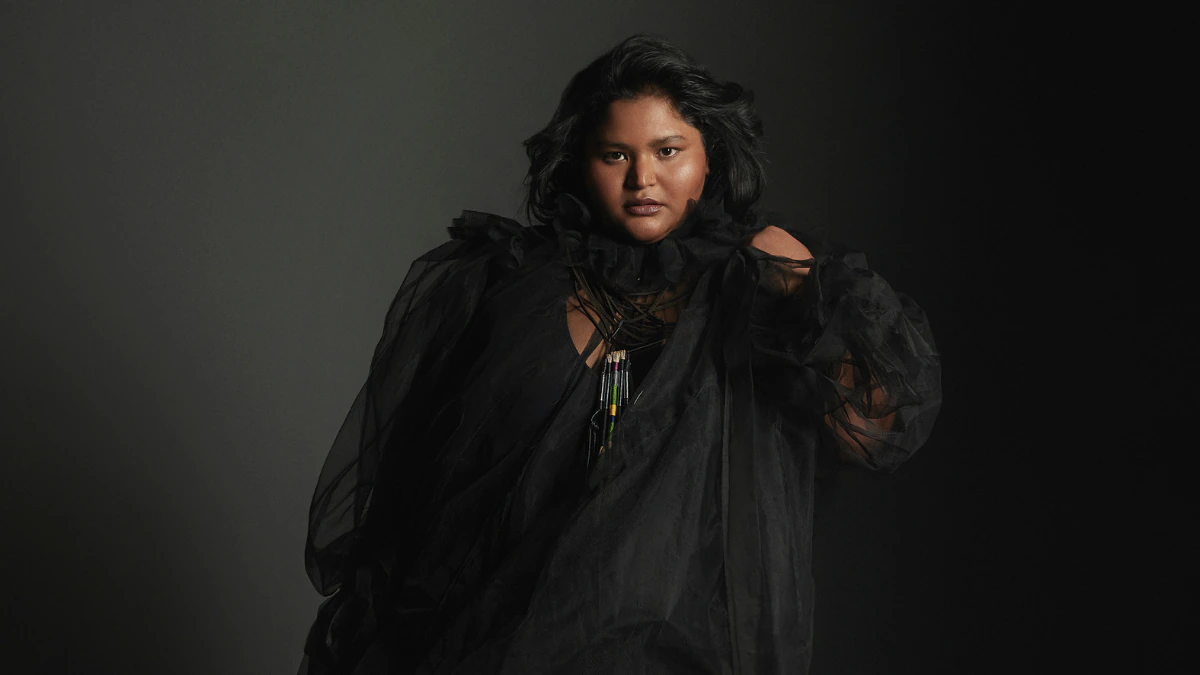In Michael Ondaatje’s Running in the Family, he stitches together an almost dreamlike journal that navigates a return to his origins in Sri Lanka, evocatively confronting the gnawing incompleteness in his cultural identity, along with the layer of dust settled over his ancestral line in Ceylon. Ondaatje’s imagery shimmers with tropical heat and the haze of memory, and the exciting semi-autobiographical account he’d crafted stuck with me. Reading about his hollow connection with home felt uncomfortably familiar, and although I’m in far greater proximity to my own native land of Kodagu, a cultural enigma still persists somewhere.

Kodagu (anglicised as Coorg), despite its indistinguishable and seamless borders, has always been recognised as an independent region in the country. The district hums a wild rhythm of lime groves and red squirrels and sweet
As Kodava writer Kaveri Ponnapa observes in her exhaustive book The Vanishing Kodavas, “These rustic mountain people, their extraordinary way of life, and the exhilarating beauty and mystery of their land have intrigued generations of writers,

The Kodava community is a recognised microcosm of distinct social observances, but how my people actually came into being within the pitted hills of the Western Ghats remains an anthropological question mark. It’s a discussion that is bursting with rather muddled speculation, but little concrete information to rest on. In the vast universe of Hindu mythology, Kodagu was gifted its name from Lord Brahma, who created the river Kaveri that runs through the land. According to another legend from the Puranas (ancient texts), Kodagu was once called “Krodadesa”, a name which symbolised the land (“
The Kodava community is a recognised microcosm of distinct social observances, but how my people actually came into being within the pitted hills of the Western Ghats remains an anthropological question-mark.
Among many historical conclusions is that after Alexander the Great had invaded North India, many of his soldiers remained, married the native women, and settled down in the valleys of the Western Ghats, particularly the Kodagu region. Another theory by Abdul Gaffar Khan in his book Kodavaru Arabiyaru draws a connection between Kodavas and Arabs, based on the similarities of the patterns and styles of traditional clothing in both communities. Perhaps the strangest explanation floating around is that Kodavas descended from Mt. Caucasus, which belonged to the former USSR territory.
Also read: Discrimination Faced By Namasudra Settlers In The Villages of Assam
A foolproof historical point from which we can actually begin tracing Kodagu’s roots is its first recorded appearance in second century Tamil literature, where the district is dubbed “Kudakam” in reference to its western geographical location. Furthermore, Ponnapa rationalises the etymology of Kodagu: “Given the simplicity of the Kodava language, and the practical nature of the people, the name Kodagu is most likely rooted in the word ‘

Ponnapa also cautions her readers about the dangers of experiencing Kodagu’s rich and complex past through the many ‘problematic’ colonial accounts that exist as the few contemporary narrations of Kodagu and her people. According to Ponnapa, the British records of the rajahs that ruled over Kodagu paint a flawed and antagonising image of “tyrannical, bloodthirsty monarchs ruling over a dispirited, craven people.” It’s a reminder to consume information about people and places
I think this is most essential in understanding how the Kodagu society treated its women, as they were presented with the right to choose, and managed to preserve a sense of autonomy for themselves.
Recognising the Kodavas’ singularity as a community is impossible without also recognising its strong matriarchal undertones. Kodagu women were and still are extraordinary in their commanding wisdom and hardiness. One would think they had steel stitched into their spines, as they balanced burdensome farm and menial work. Their ability to have carved out an individual role for themselves in a male-dominated society is striking, and some believe that Kodava society may have, at one point in time, been matrilineal in nature.
The physical and social environment of Kodagu generated certain selection pressures that pushed its people to embody a sense of bravery and strength, and as Ponnapa phrases it, “society endorsed a cult of heroism”. Men weren’t the only ones lionised for their fearlessness, as women were also held in high esteem.
In regard to matrimonial matters, women were considered marriageable at any age, and those who decided to remain bachelorettes could do so without any social disapproval. Most importantly, the tradition of dowry was non-existent during
Also read: The Khasi Community Is Matrilineal, But Not Matriarchal
The rapid pace of globalisation has triggered the inevitable dwindling of Kodagu culture as people migrate into the cities in search of job and opportunity, but Ponnapa reminds us of the vulnerability of small ethnic groups and the urgency to safeguard cultural identities. Her painstaking research and commitment to telling our stories is a comforting reminder that even if Kodagu traditions and values are endangered, they can still be protected through little and big measures.
All photography credits: Kaveri Ponnapa




